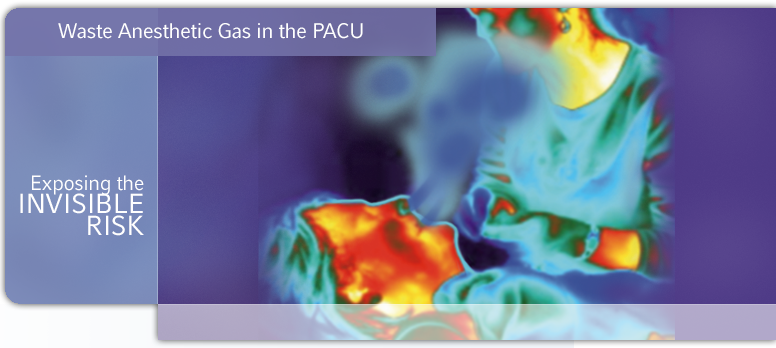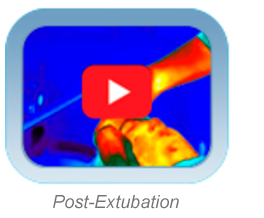
The Potential Effects of WAGs
Over the course of several decades, a wide variety of researchers have performed numerous studies that identified possible correlations between exposure to waste anesthetic gases and potential health effects. According to OSHA , waste anesthetic gas may be responsible for issues including1:
- Headache
- Drowsiness
- Liver Disease
- Kidney Disease
- Embryotoxicity
- Cancer
OSHA has also cited the potential for exposed clinicians to experience even more serious health effects, and recommends taking appropriate precautions to protect hospital staff.2
Leading Voices Call for Action
In a 2020 NIOSH field assessment, all evaluated PACU's experienced WAG area concentrations exceeding the NIOSH Recommended Exposure Limit (RELs).3 Since this study was published in 2022, leading voices in this space have made formal recommendations to address this problem.
“WAGs should be regulated with engineering controls in the PACU including
Application of
commercially available source-control scavenging systems to patients
recovering in the PACU
following surgery, following the administration of inhalation anesthetic
agents.”4
American Society for PeriAnesthesia Nurses (ASPAN)
Position Statement on Waste Anesthesia Gases, 2022
“Use market-available scavenging systems on the patient in the PACU to
capture WAGs at their
source: patient outgassing of the anesthetic agent administered to them
during
surgery.”5
American Industrial Hygiene Association (AIHA)
White Paper on Waste Anesthesia Gases, 2022
A Proven6 Solution Available for PACU Source Control
The ISO-Gard® Mask with ClearAir® Technology is proven6 to provide clinicians source control for waste anesthesia gas, helping hospitals comply with OSHA and NIOSH recommendations for scavenging WAGS and giving clinicians peace of mind as they deliver bedside care to their patients.
Learn more about the ISO-Gard® Mask with ClearAir® Technology



